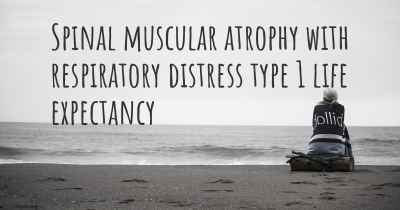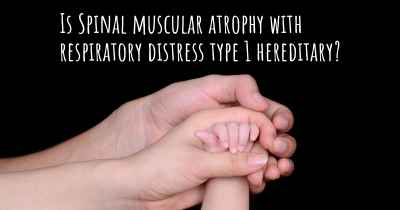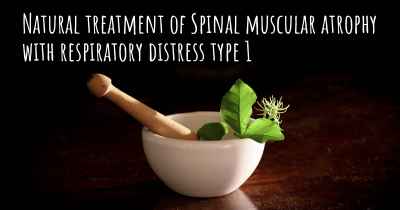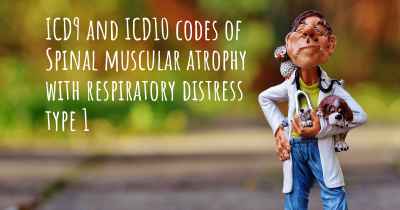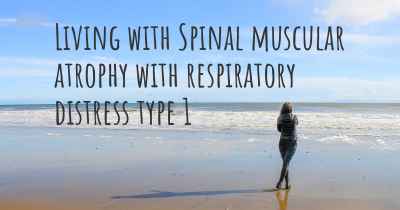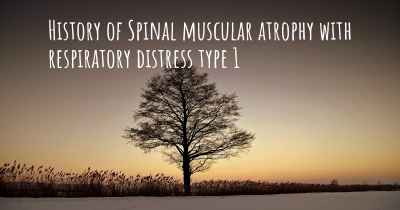Is Spinal muscular atrophy with respiratory distress type 1 contagious?
Is Spinal muscular atrophy with respiratory distress type 1 transmitted from person to person? Is Spinal muscular atrophy with respiratory distress type 1 contagious? What are the routes of contagion? People with experience in Spinal muscular atrophy with respiratory distress type 1 help solve this question.
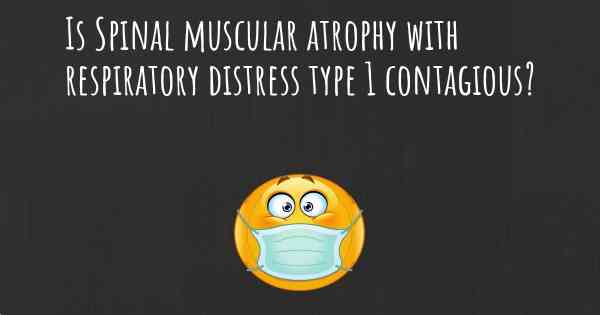
Spinal muscular atrophy with respiratory distress type 1 (SMARD1) is not contagious. SMARD1 is a rare genetic disorder that affects the nerves controlling muscles involved in breathing and movement. It is inherited in an autosomal recessive manner, meaning both parents must carry a specific gene mutation for their child to be affected. SMARD1 is not caused by a virus or bacteria and cannot be transmitted from person to person.
Spinal muscular atrophy with respiratory distress type 1 (SMARD1) is a rare genetic disorder that affects the muscles and respiratory system. It is caused by mutations in the IGHMBP2 gene, which is responsible for producing a protein essential for the survival of motor neurons.
SMARD1 is an autosomal recessive disorder, meaning that both parents must carry a copy of the mutated gene for their child to be affected. The condition is not contagious and cannot be transmitted from person to person.
Individuals with SMARD1 typically experience symptoms within the first few months of life. The disease primarily affects the lower motor neurons, leading to muscle weakness and atrophy. This weakness can affect various muscles in the body, including those involved in breathing.
Respiratory distress is a hallmark feature of SMARD1. The weakened muscles involved in breathing can lead to difficulties in inhaling and exhaling properly, resulting in respiratory problems. These respiratory issues can be life-threatening and may require medical intervention, such as the use of ventilators to assist with breathing.
While SMARD1 is not contagious, it is important to note that it is a genetic disorder and can be passed down through families. If both parents are carriers of the mutated gene, there is a 25% chance with each pregnancy that their child will be affected by SMARD1.
Early diagnosis and intervention are crucial in managing SMARD1. Treatment options are limited, but supportive care can help alleviate symptoms and improve quality of life. This may include respiratory support, physical therapy, and assistive devices to aid with mobility.
In conclusion, SMARD1 is a non-contagious genetic disorder characterized by muscle weakness and respiratory distress. It is important for individuals and families affected by SMARD1 to seek appropriate medical care and genetic counseling to better understand the condition and its implications.
